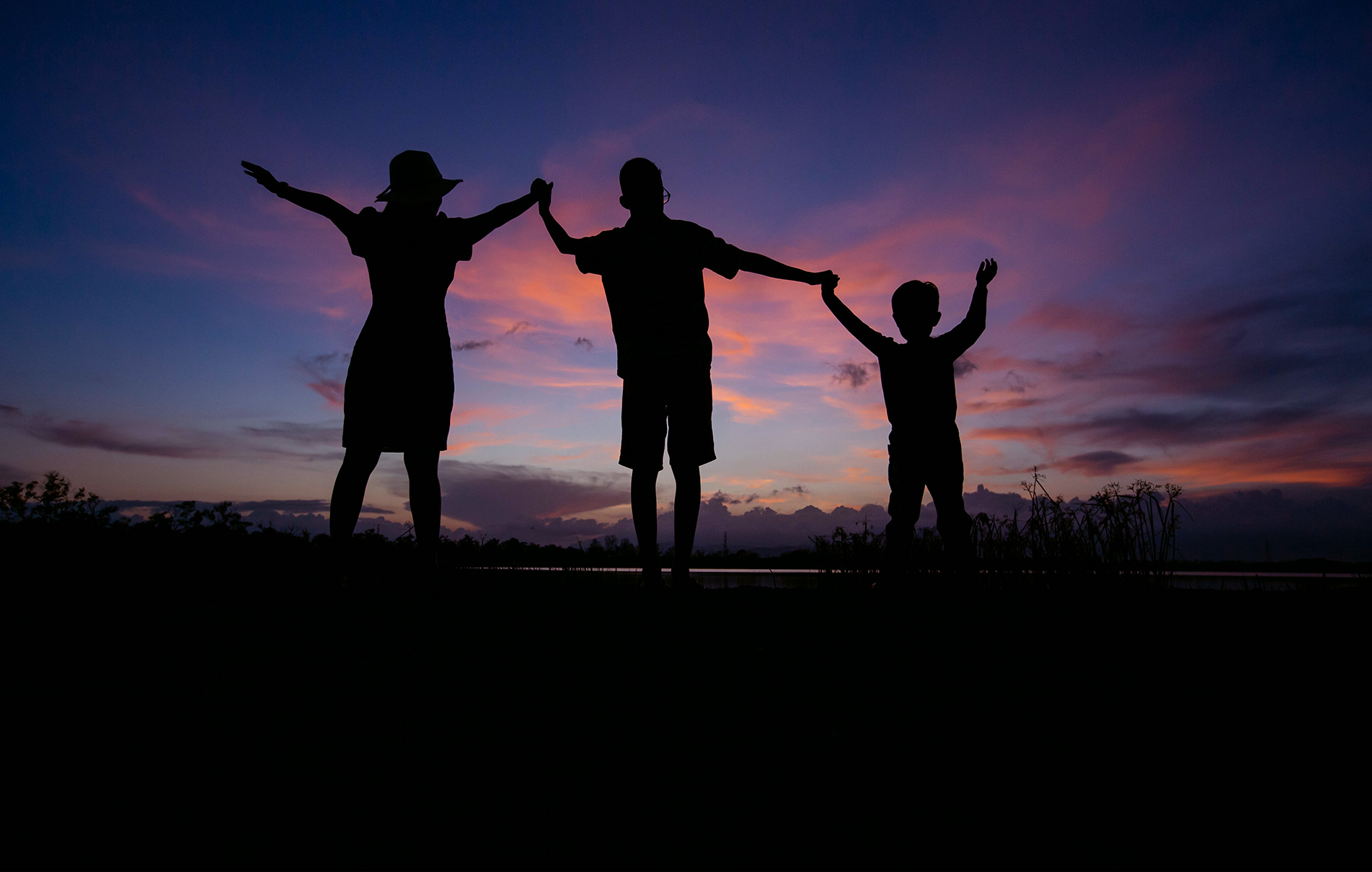Danny Taggart, Lecturer in Clinical Psychology, University of Essex and Susanna Alyce, PhD Candidate, School of Health and Social Care, University of Essex.
The government has announced plans to make it a crime not to report child abuse. As part of this, the prime minister, Rishi Sunak, has vowed to “stamp out” grooming gangs who perpetuate child exploitation. Ending child sexual abuse is of utmost importance. But comments by the home secretary, Suella Braverman, have been deeply unhelpful.
Braverman suggested that the lion’s share of child sexual abuse is carried out by organised gangs, populated by British Pakistani men victimising predominantly adolescent white girls. And Sunak argued that victims of gangs have been ignored due to “political correctness”.
While some child sexual abuse is perpetrated by gangs, evidence indicates that this is a small percentage of the whole. ONS data from 2016 found that around two-thirds of perpetrators were either family members or close to the child.
And the suggestion that grooming gangs are mostly from ethnic minorities is also inaccurate. A 2020 Home Office report on group-based child sexual exploitation cited research finding that offenders are “most commonly white”.
A report by the Independent Inquiry into Child Sexual Abuse (IICSA) also found that the majority of known perpetrators are young, white men. However, most perpetrators are never actually identified. So, while there is generally a lack of evidence when it comes to ethnicity of perpetrators, what we do know suggests a more mixed picture than Braverman’s comments indicate.
Discussion of group-based child sexual exploitation often references the high-profile cases in Rotherham, Rochdale and Telford. Notably, the victims in these cases were of adolescent age.
Portraying these cases as the typical child sexual abuse case overlooks abuse that happens in the home, which is more of a risk for younger children and is more prevalent. This month, 21 people were convicted in a major investigation in Walsall and Wolverhampton, adding to the evidence that child sexual abuse committed by groups is not due to any single ethnicity.
Uncovering truth
The Crime Survey for England and Wales estimated in 2019 that 7.5% of adults aged 18 to 74 – about 3.1 million people – experienced sexual abuse before the age of 16.
Such statistics are likely to be underestimates, given survivors’ reluctance to speak out about their abuse until later in life. This is because perpetrators often use techniques to keep their crimes hidden, grooming the children they abuse into a state of fear and confusion. A recent study found that at the time of the abuse, 67% of the abused children did not tell anyone.
This silence is what inspired researchers to launch the Truth Project in 2016, as part of the IICSA.
More than 6,000 adults shared their experiences of surviving childhood sexual abuse as part of the Truth Project. One of us worked as the principal psychologist and clinical lead of the project from 2019-2022. I heard firsthand of the lifelong impacts abuse left for many survivors, and witnessed the courage and generosity of those who came forward to help protect future generations of children.
The Truth Project found that for 35% of participants, the abuse started when they were between four and seven years old. For another 32%, it was between the ages of eight and 11, meaning more than two-thirds of abuse started before adolescence.
Nearly half of all abuse happened within the family home (42%) perpetrated by a family member (47%). The next highest location was the child’s school (15%). Aside from family members, almost always the abuser is a person in a position of responsibility for the child – a teacher, religious professional or care worker.
These figures, while shocking, mask the personal cost to the survivors. The inquiry’s final report, published in November 2022, made clear the impact of society’s failure to curb abuse. Nearly 90% of Truth Project participants said that their mental health had been affected by their experiences. Over half said it had affected their relationships as adults.
While addressing the issue of grooming gangs is important, portraying the “stamping out” of such gangs as the solution to child sexual abuse in the UK obscures what abuse looks like, where it is perpetrated and by who.
The data shows that child sexual abuse happens not just in northern cities in the back of taxi cabs, but in family homes of all ethnic groups, of all classes and income brackets and to boys and girls from babies to adolescents.
The silence of child sexual abuse
It’s tough to read about these cases and statistics. But failing to learn about them risks exacerbating the silence and shame that has long shrouded child sexual abuse.
Misleading or limited portrayals of child sexual abuse, particularly by political leaders, threatens to silence survivors further. The Labour party has also contributed to the politicisation of this issue by attacking the government’s record on sentencing of perpetrators.
Difficulty disclosing continues into adult life. A recent review of existing research found that, around the world, health and social care services are failing to improve the circumstances that give people the confidence and trust to disclose.
Receiving a disclosure of child sexual abuse can be shocking and unexpected. One reason is widespread ignorance. As a listener it can be hard to believe that such a thing has happened unless you appreciate some basic facts about how often, where and by whom abuse is perpetrated.
Source: Child sexual abuse: what the data tells us about perpetrators and victims (yahoo.com)
Categories: News

